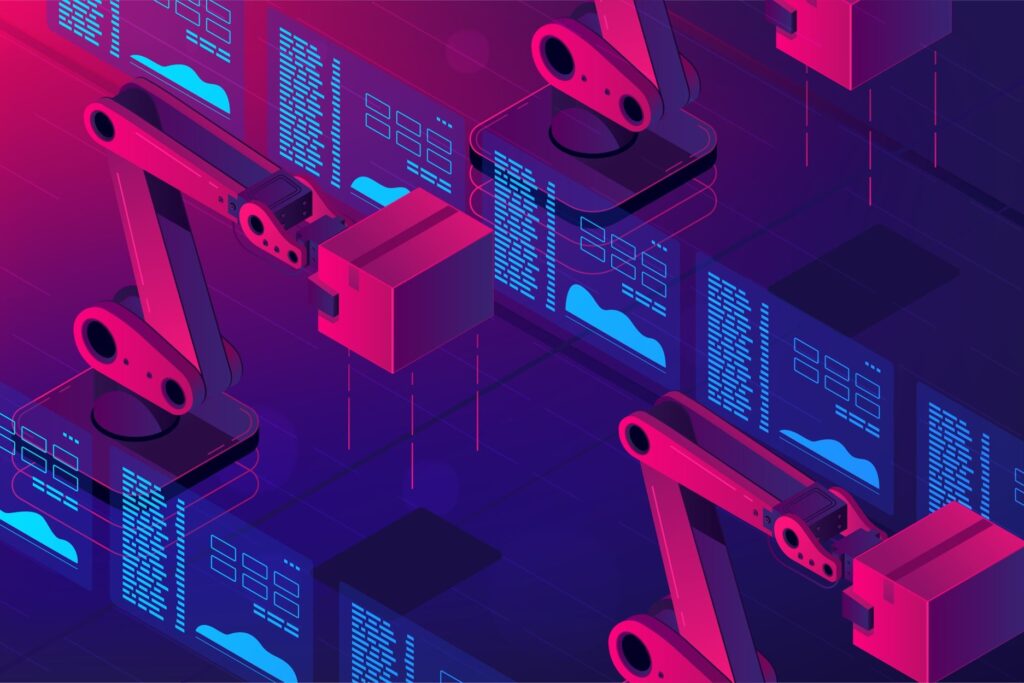
There has been a lot of hype around automation. With promises of reducing the burden of mundane tasks on employees, allowing them to be more efficient and concentrate on their roles more strategically, there are clear ways that further digitisation of tasks should result in business value. Yet for business leaders, they have seen lots of time and investment go into digitisation which hasn’t always paid off.
Today’s CIOs are faced with a hybrid ecosystem where the technology they depend on is part of a fragmented technology landscape consisting of pre-existing legacy systems as well as emerging technologies from multiple providers and toolsets.
Additionally, social media links the world connecting businesses with their customers 24/7. This has skyrocketed customer experience as an important driver for digitisation. Now, people expect businesses to be ‘anywhere, everywhere and always-on’ – and that’s exactly what is needed from IT infrastructure.
This leaves us with one big question: How can businesses get real value from investment in technology and automation?

The key is that automation is not just about tools and technologies, it’s intimately linked to business strategy and the people working there. The way to maximise value from automation and all technology is actually very simple. Using the main questions asked of every business project will allow leaders to approach tech investments in a holistic way. Below, the basic four-pronged approach to capture maximum value from our technologies is laid out.
1) Why – Every business leader knows that justifying the reason for doing something is critical at the outset. As a first step, the value a project or change will bring should be identified in both business and human terms so there is clarity on what one gets out of one’s investment. For example, automating a task can save employees a certain amount of time every week which has a clear cost/value attached.
In today’s rapidly digitising world, more and more tasks can be automated – many more than current business leaders will recognise at the outset. But through creative thinking and through drawing on the expertise of digitisation professionals, businesses can automate many regular operations. In a scenario where technology drives IT operations, the processes may need to be simplified in order to be able to automate them. Skills need to be streamlined based on patterns or technologies depending on what fits the organization. Tribal knowledge will need to give way to knowledge banks, deep learning technologies and analytics based inferences and resolutions.
2) What – Now that you know why you are seeking to automate, recognizing what technology you need to enable this is the second step. Here, businesses can investigate available technology which can help them get where they want to be and what more is needed to achieve an end-to-end automation. One way to think of this is to create a futuristic roadmap – laying out the journey a business strategically wants to go on and identifying the end goal.
This should start with the creation of an infrastructure blueprint. This blueprint must be developed keeping in mind future business needs as well as considering architectural standards. It also must provide for the phasing out of old components. Timely review of the blueprint to ensure its relevance with changing business needs is necessary to ensure that infrastructure is not a constraint, but a promoter of business growth. Lastly, the roadmap must provide a clear line of sight from business strategy to business objectives to business processes to applications and systems to data structures and infrastructure.
3) How – With the strategy solidified, technology can be purchased and integrated. The key here is to embed all digitisation into a business from the get-go. Fragmented infrastructure and siloed work culture are a bane to extracting value from digitisation. Disparate technologies, however powerful, will fail to deliver value unless integrated. There must be a seamless flow between various components. Every decision, be it investment in a technology or KPIs must trace back to the business imperative. It is important to continuously capture value realised through automation as a process in order to understand the impact of automation which in turn would help in future strategies
4) Who – Most importantly, are employees using the new technology? If workers don’t draw on the resources available to them, then the investment was wasted. Therefore, technology adoption is the paramount factor in every digitisation project. Any investment in technology or automation is bound to fail if the workforce refuses to embrace these changes. Organisations must plan for rapid adoption programmes, training and incentives in order to bag the maximum out of their technology investments and encourage rapid adoption.
Lastly, strategic partners must be brought along on the automation journey. These partners will need to cater to the end-to-end infrastructure management landscape employed by a business with a comprehensive set of automation touchpoints, including various day-to-day operational processes.
Beyond the above strategy, automation-for-value should be based around technology agnostic solutions and maximising readily available tools. Integrating automated analysis of incident and service request data can enable rapid deciphering of automation patterns and their value. Meanwhile, predictive and proactive sensing coupled with self-healing automation use-cases have been known to avert many high priority incidents, which saves business profit by averting risk.
In the future, businesses will employ a hybrid workforce of human and digital colleagues. In order to promote a cohesive organisation, where robots perform repetitive tasks based on learning and humans draw on their unique abilities, businesses must remember the above four-pronged approach to create a strategy for this automation to be successful.

Priya Bakthisaran
Wipro


